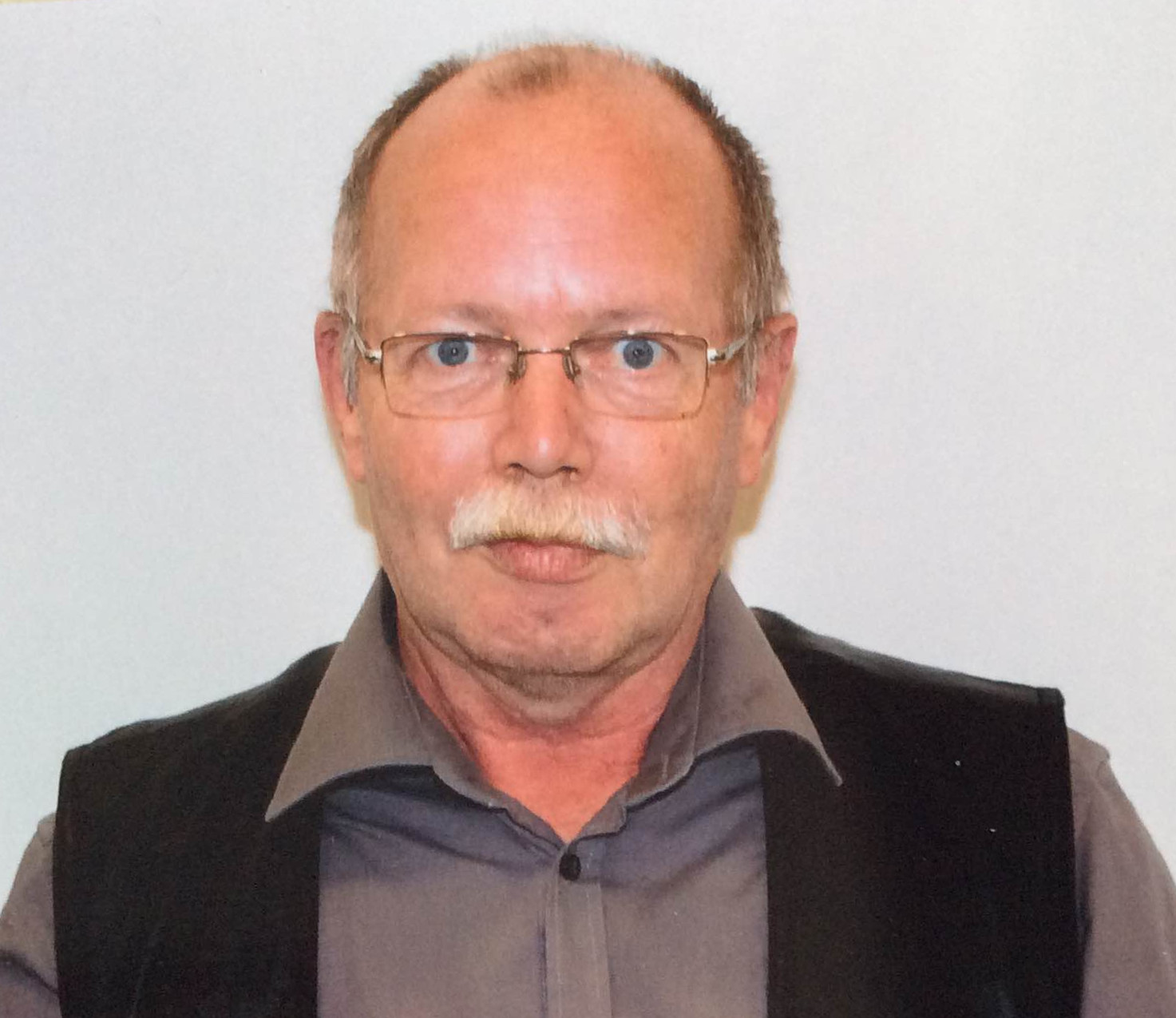Samüt Karabulut v. Turkey (16999/04)
| Date | 20090127 |
|---|---|
| Article | 3, 11 |
| Decision | violation |
The European Court of Human Rights has today notified in writing its Chamber judgment1 in the case of Samüt Karabulut v. Turkey (application no. 16999/04).
The Court held:
- by five votes to two, that there had been a violation of Article 3 (prohibition of inhuman or degrading treatment) of the European Convention on Human Rights on account of the excessive force used when arresting the applicant during a demonstration; and,
' unanimously, that there had been a violation of Article 11 (freedom of assembly and association) of the Convention, on account of the police’s intervention in a peaceful demonstration in which the applicant was taking part.
Under Article 41 (just satisfaction), the Court awarded Mr Karabulut 3,000 euros (EUR) in respect of non-pecuniary damage. (The judgment is available only in English.)
Principal facts
The applicant, Samüt Karabulut, is a Turkish national who was born in 1964 and lives in Istanbul. He is a member of the Human Rights Association in Turkey.
The case concerned Mr Karabulut’s complaint that the police had intervened at a peaceful, although unauthorised, demonstration in which he was taking part in Istanbul, and used excessive force when arresting him.
On 8 April 2002, the applicant had joined about 30-35 demonstrators at Tünel Square in Istanbul to participate in the reading out of a press release issued by the Human Rights Association in protest against Israel’s operations in Palestine. The demonstrators were carrying banners which stated, among other things, “An end to the occupation, freedom to Palestine”. The police had asked the demonstrators to disperse. Most of them complied almost immediately, but the applicant remained at the Square shouting slogans.
The Government and the applicant provided diverging versions as to how the applicant had then been removed from the Square. According to the applicant, 5 or 6 police officers beat and hit him, in particular with a truncheon on his head and back, and arrested him. Without going into any further detail, the Government stated that the police had used force to arrest the applicant.
The police took the applicant to a doctor the same evening, who noted swelling to the applicant’s head.
The applicant complained to the prosecution authorities about the manner in which he had been arrested. The prosecutors declined to prosecute the police chief on duty that day; their decision was upheld by the competent domestic court.
Procedure and composition of the Court
The application was lodged with the European Court of Human Rights on 29 March 2004.
Judgment was given by a Chamber of seven judges, composed as follows:
Françoise Tulkens (Belgium), President,
Ireneu Cabral Barreto (Portugal),
Vladimiro Zagrebelsky (Italy),
Danutė Jočienė (Lithuania),
András Sajó (Hungary),
Nona Tsotsoria (Georgia),
Işıl Karakaş (Turkey), judges,
and also Sally Dollé, Section Registrar.
Summary of the judgment
Complaints
The applicant complained that the police intervention at the demonstration and the force used during his arrest infringed his rights to freedom of expression and peaceful assembly, and amounted to inhuman and degrading treatment. He relied in particular on Articles 3 and11.
Decision of the Court
Article 3
The Court first noted the findings of the medical report drawn up on the evening of the events. It also observed that those findings had corresponded to the applicant’s complaint of having been hit on the head during his arrest, and that the Government had not denied that it had used force during the arrest.
In the absence of elements in the file to suggest that the police had encountered violent or active physical resistance by the applicant during his arrest, the Court concluded that the Government had failed to give sufficient justification for the applicant’s head injury, in violation of Article 3 of the Convention.
Article 11
The Court noted that the demonstration had been unlawful but pointed out that that could not justify disproportionate interference with freedom of assembly. It further observed that the Government had not shown that the demonstrators had represented a danger to public order or public safety. The demonstrators had in fact dispersed fairly quickly following several police requests. The Court therefore concluded that, forced by the police to leave, the applicant had not had sufficient time to manifest his views, in violation of Article 11.
